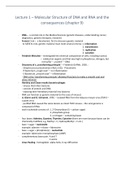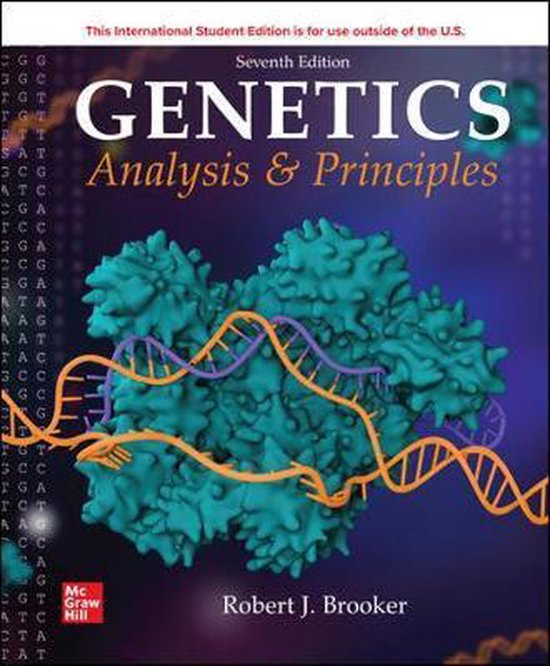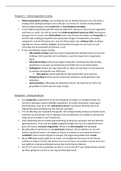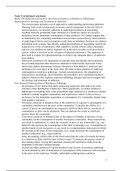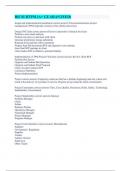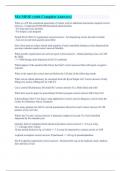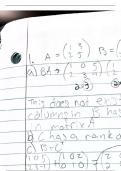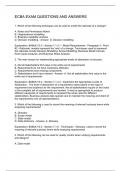Samenvatting
Genetics (AB_1135): Complete Summary (VU Amsterdam)
The summary is written in alignment with the course material (the book and the lectures), and it contains all the content necessary to pass the exam. The summary contains content of all 19 lectures.
[Meer zien]
